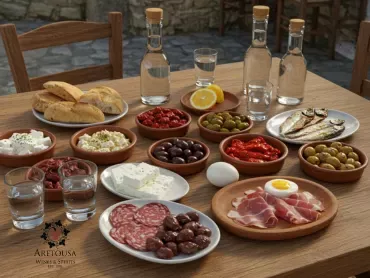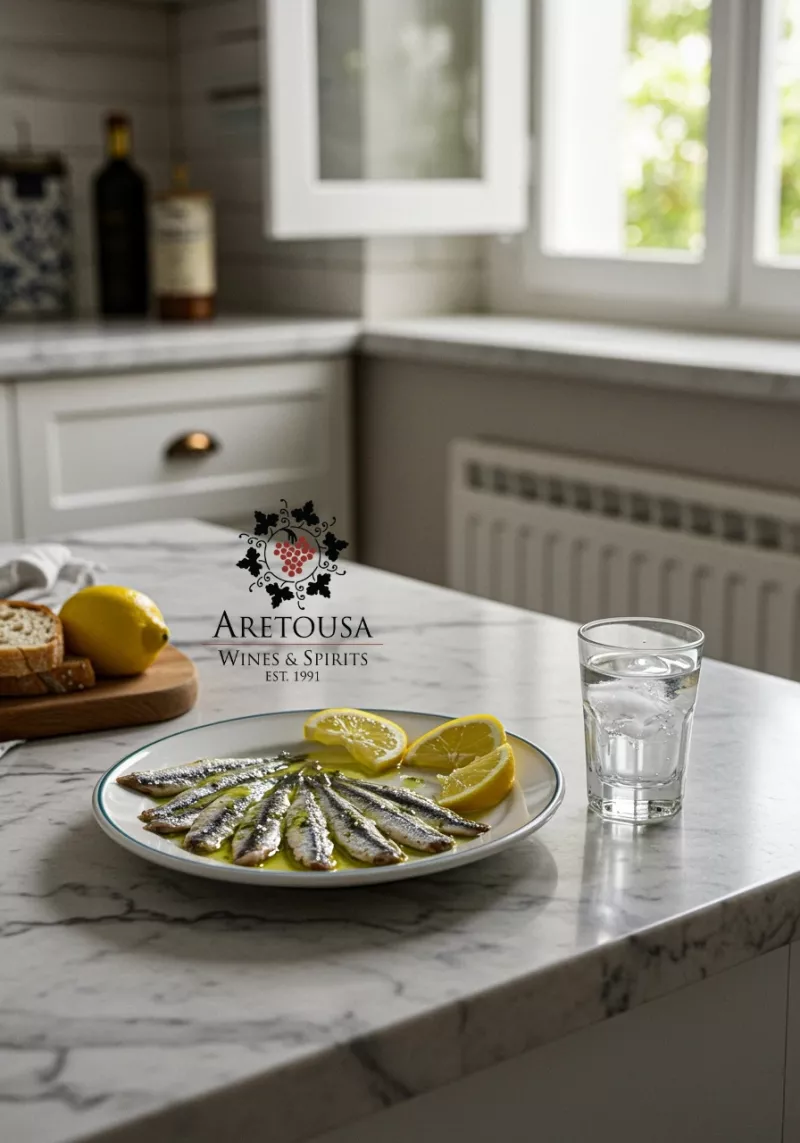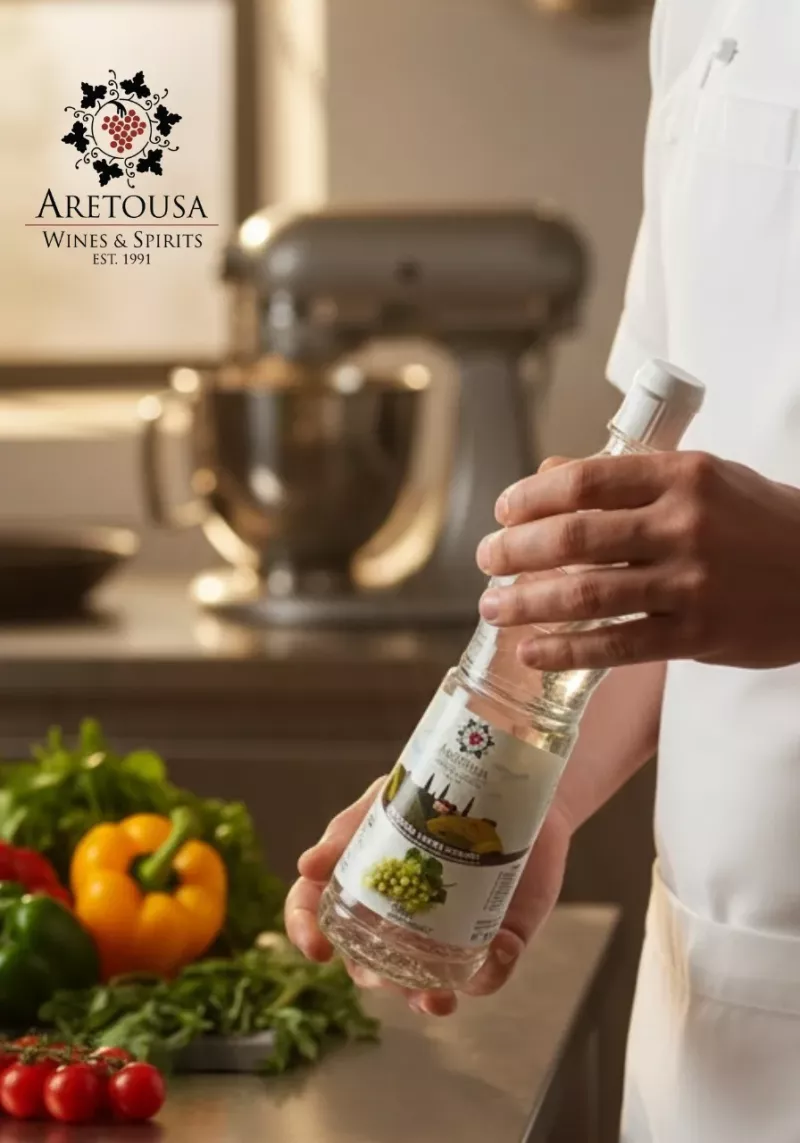Time to Uncork the Truth: Wine Myths Explained
Πέμπτη 29 Μαΐου 2025
Myth 1: Old wine is always better
The truth: Not all wines are meant to age. In fact, the vast majority of wines (over 90%) are intended to be consumed within 1–3 years of bottling.
Wines that age well typically have certain characteristics:
-
high acidity
-
firm tannins (in reds)
-
sufficient alcohol content
-
and a good balance with fruit flavors
If a wine lacks these elements, over time it will lose freshness, aroma, and vibrancy. Deterioration, not improvement, is the most likely outcome.
Tip: If you’re unsure, check with the winemaker or look at the label; most fresh wines clearly state the recommended drinking window.
Myth 2: Red wine should always be served at room temperature
The truth: The term “room temperature” comes from 19th century Europe when homes were around 16–18°C (60–65°F). In modern Greece, rooms can reach 26–30°C (78–86°F), which causes the wine to lose its balance, “burn” the aromas, and let the alcohol dominate.
Ideal serving temperatures are:
-
16–18°C (60–65°F) for full-bodied reds (e.g., Cabernet Sauvignon, Xinomavro)
-
14–16°C (57–61°F) for medium-bodied reds (e.g., Merlot, Agiorgitiko)
-
12–14°C (54–57°F) for lighter, fruitier reds (e.g., Pinot Noir, Beaujolais)
Chilling the bottle in the fridge for 10–15 minutes before serving can elevate the wine!
Myth 3: Wine causes headaches because of sulfites
The truth: Sulfites are preservatives used in wine for stability and protection against oxidation and bacteria. But they’re also found in many foods—dried fruits, processed snacks, even some salad mixes—and often in higher amounts than in wine.
If someone gets a headache after drinking wine, common causes are:
-
excessive consumption
-
dehydration (not drinking enough water)
-
tannins, especially in red wines
-
individual sensitivity to alcohol
Tip: Drink wine in moderation, pair it with food, and stay hydrated to reduce the chance of headaches.
Myth 4: Rosé wines are “second-class” wines
The truth: Rosé wines were once considered by-products or blends. Today, they are recognized as a standalone category, crafted with expertise, finesse, and unique flavor profiles.
Good rosés:
-
come from carefully selected vineyards
-
are made by “saignée” method or direct pressing
-
offer freshness, elegance, and complexity
Some rosés can even age gracefully.They are not just “summer wines” — they are serious wines in their own right.
Myth 5: Screw caps mean low-quality wine
The truth: Screw caps have nothing to do with wine quality. Instead, they provide:
-
airtight seals (thus longer shelf life)
-
stability during storage
-
elimination of cork taint (TCA), which causes musty odors
Countries like Australia, New Zealand, and Chile use screw caps even on premium wines.
It’s simply a matter of practicality and winemaking philosophy, not quality.
Myth 6: “Legs” on the wine glass indicate better wine
The truth: The “legs” or “tears” on the inside of a glass appear because of alcohol evaporation and the tendency of wine to cling to the glass.
More legs mean:
-
higher alcohol content
-
or more residual sugar
They do not indicate quality, origin, or winemaking skill. They may look impressive, but they don’t tell the whole story.
Myth 7: Wine is only for special occasions
The truth: Wine is part of everyday life—like bread or olive oil. In Greece, it’s deeply connected to friendship, food, and joy.
It can accompany:
-
a simple pasta dish
-
a plate of legumes
-
or just a calm evening conversation on the balcony
Enjoyment needs no excuse — just the right mood.
Conclusion
Wine is not just flavor — it’s knowledge, culture, and experience. The more we shed these old myths, the more naturally and freely we can include wine in our lives.
Leave the myths behind. Raise your glass and enjoy!







